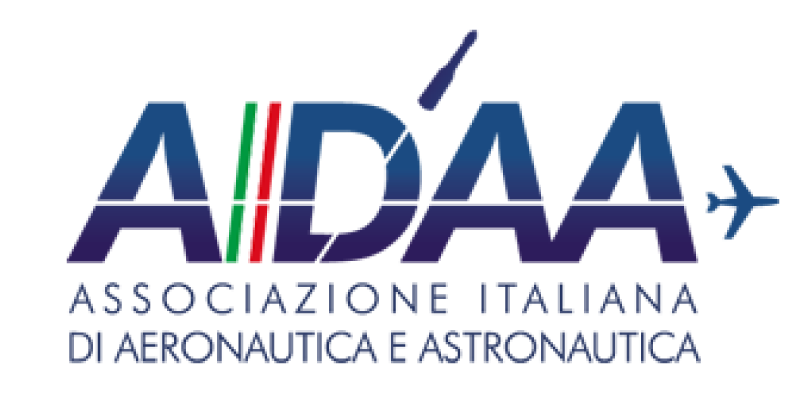Are you a young scientist active in the field of air traffic management (ATM) and aviation? Are you looking for the perfect opportunity to showcase your talent and advance your career? If yes, then look no further… the SESAR Young Scientist Award is for you!
The SESAR Young Scientist Award recognises young scientists, who have demonstrated excellence in ATM and aviation-related research fields. The award also provides researchers starting out in their career with an opportunity for further professional development.
A further objective of the award is to showcase the potential of young talent to formulate fresh ideas and solutions to the challenges facing ATM and aviation.
The 2023 edition of the award has widened its scope from previous years and is now open to two categories:
- PhD scientists; with the chance to receive a prize of EUR 5 000
- Undergraduate or Master students; with the chance to win a prize of EUR 1 500
Contributions are welcome from citizens or residents in an EU Member State or an Associated Country to the Horizon Europe Research and Development Framework Programme (Horizon Europe).
Up to three short-listed candidates for each category will be invited to join the SESAR Innovation Days 2023 from 27-30 November in Sevilla, where the winner of each category will be publicly announced during a dedicated ceremony.
The deadline for applications is 8 September 2023, 24.00 CET
More info here.














